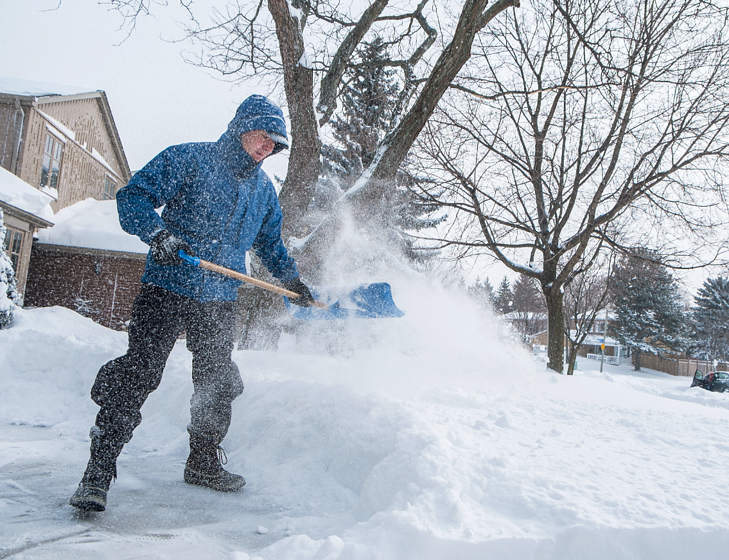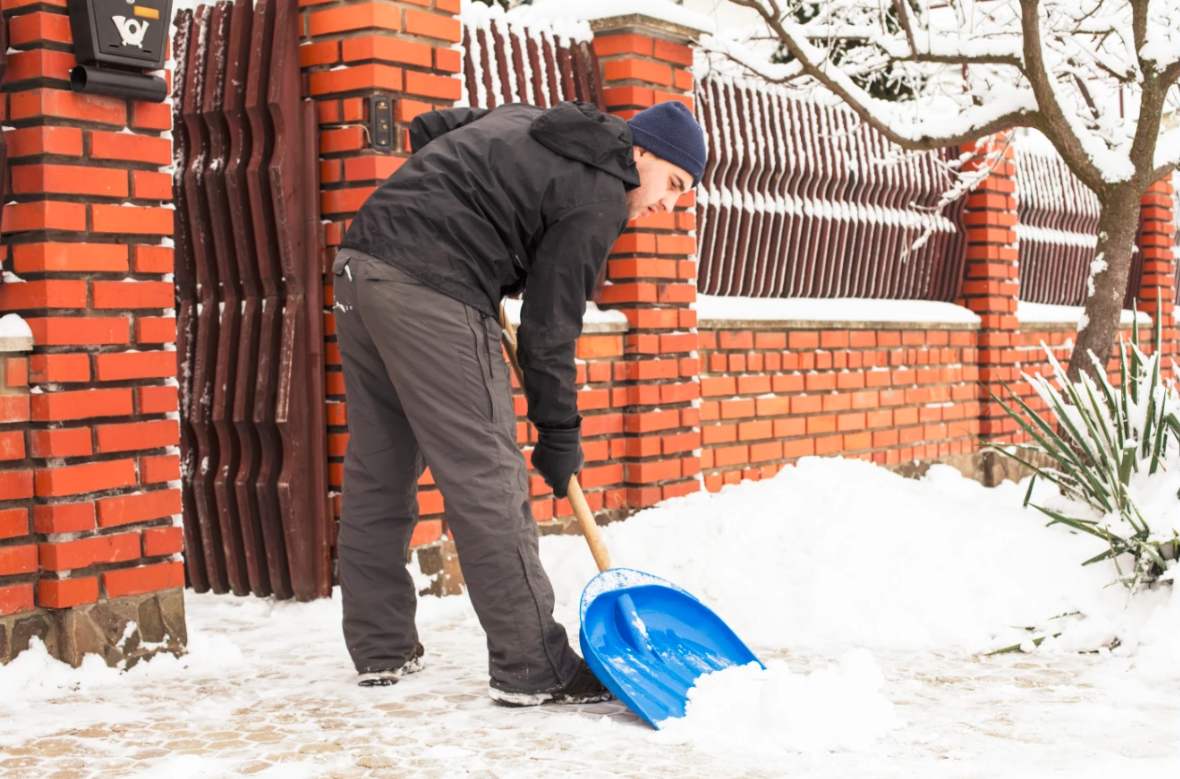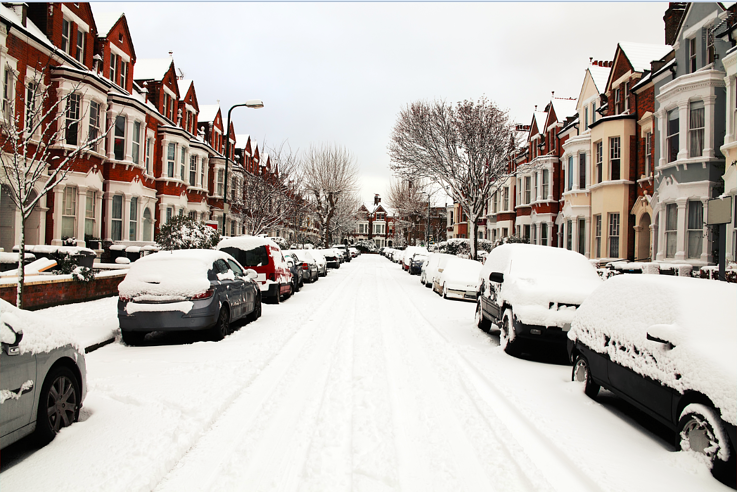According to the American Heart Association, while snow shoveling is not dangerous for most people, it significantly raises the possibility of heart attacks for those already in high-risk categories. The reason for this is that the combination of heavy lifting with exposure to cold temperatures puts a much-increased strain on the heart and forces it to work harder.
Some of the people most at risk of heart attack due to snow shoveling include:
- Those who have had a previous heart attack or stroke
- Those with a chronic heart condition like congestive heart failure or atrial fibrillation
- Those with hypertension or high cholesterol
- Those who smoke or have smoked
- Those over 55 who lead a generally sedentary lifestyle
Snow shoveling results in over 11,000 hospitalizations each year, according to Cleveland Clinic. Most of these are slip-and-fall injuries that do orthopedic damage, but about 7% are directly related to cardiac disturbances. Cardiologist Barry Franklin of Michigan's William Beaumont Hospital told the BBC that he believes, "We lose hundreds of people each year because of this activity [shoveling snow]," and fellow Cardiologist A. Marc Gillinov of Cleveland Clinic attributes this loss to the simple fact that, "Shoveling snow is hard work."
Warning Signs to Watch for During Shoveling
While the rare heart attack comes on suddenly and unexpectedly, in most cases there are identifiable warning signs. It may be you should not be out shoveling snow to begin with, but if you are and you experience any of the following, you should stop:
- Discomfort in the central chest area that lasts for several minutes or rapidly comes and goes. The feeling may consist of sharp pains or a heavy pressure that seems to be squeezing you
- Pain in other areas, such as the back, neck, arms, jaw, or gut
- Being short of breath or feeling lightheaded
- A feeling of nausea or breaking out in a cold sweat
If you do experience a heart attack, it is crucial for you, a loved one, or neighbor to quickly call 911. In fact, it is advisable for you to bring your cell phone with you when you go outside to shovel, just in case. Emergency medical treatment, on average, is received an hour earlier when EMS workers transport patients as opposed to a relative driving them to the emergency room. Also, those who arrive at the ER in ambulances are usually attended to sooner than those who arrive by private car.
Advice for Lowering Heart Risks While Shoveling
While snow shoveling can never be risk-free, adhering to the following 10 pieces of advice can significantly lower your heart risks:
- Consult your doctor first to make sure you are in good enough shape for shoveling snow. If not, consider having a family member do the job or hiring it out to a neighborhood kid.
- Do not shovel right after waking up since the majority of heart attacks occur in the early-morning hours when the blood is more likely to clot. It is best to wait at least half an hour and to not start before 10 a.m.
- Never drink alcohol just before shoveling, as the warm feeling it brings can cause you to underestimate outdoor freezing temperatures and overexert yourself.
- Never drink coffee or smoke a cigarette within an hour of going outside to shovel, since these kinds of stimulants will raise blood pressure and heart-rate levels.
- Never eat a large meal just before shoveling snow because doing so will put an extra strain on your heart.
- Always drink abundant water before and during shoveling to avert dehydration.
- To prevent hypothermia, dress in layers that trap air between them and keep you well insulated. Also, wear a hat and scarf because half of body-heat loss exits from the head and neck.
- Walk for a few minutes before starting. This will warm up your muscles and prepare them for exertion.
- Begin shoveling only slowly, and then gradually get up to speed. Take a break every 15 minutes, and take an extra break or stop if you feel over-stressed.
- Use a relatively small shovel. It will take a little longer to get the job done, but the lighter lifting will lower your risk of heart attack.
Another option to consider is to make use of a powerful snow blower to ease the task of snow removal, but if shoveling is a "tradition" you feel you must keep, there are ways to minimize the snow to be moved. First, a heated driveway would melt at least the tire lanes of your driveway. Second, heated floor mats can line the path from your driveway to your door. Such mats are made of slip-proof rubber and melt snow fast.
Snow shoveling puts extra strain on the heart and increases the risk of a heart attack, especially in those already in high-risk groups. Following basic guidelines can greatly lower the risk incurred, and using modern technologies to minimize the quantity of snow to be moved will also work in your favor.



